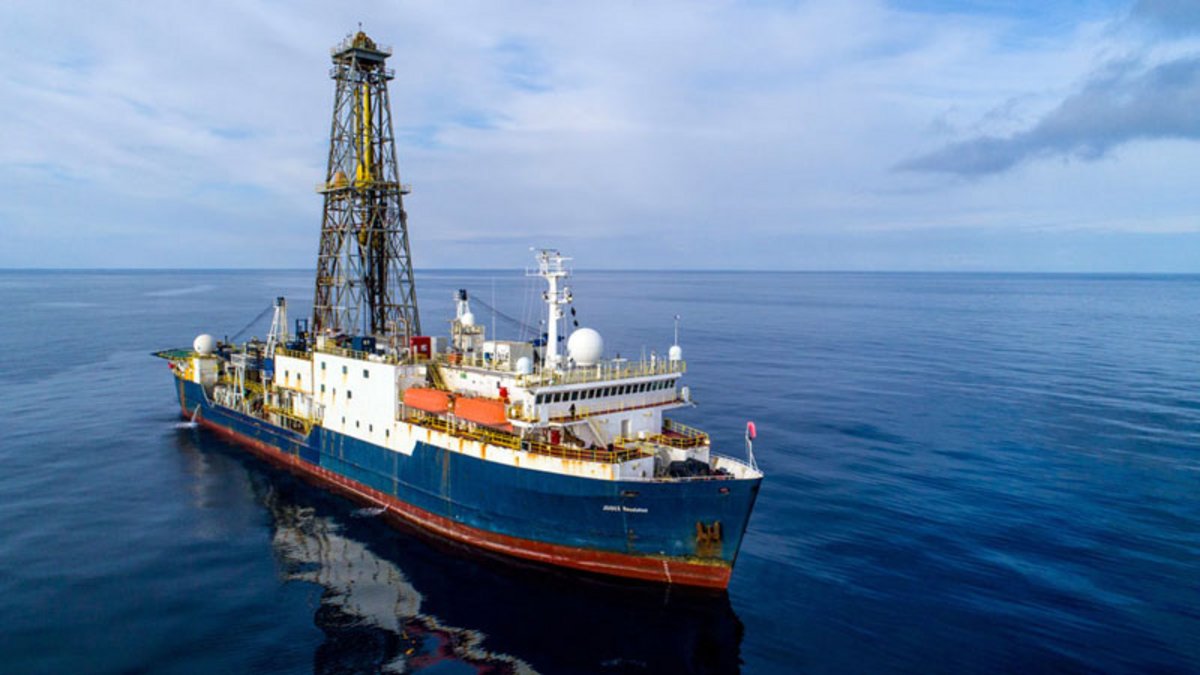Antarctica: ice caps highly vulnerable to global warming
Categories : Résultats
paru le 12-21-2021 (13:10) - Updated on 10-29-2024 (15:57)

The oceanographic vessel during the IODP374 campaign (William Crawford)
The Antarctic ice cap is highly sensitive to climate change: it tends to melt faster than temperatures rise. The consequences are a sharp rise in sea levels, resulting in impacts that are felt around the globe. But it is still difficult to predict precisely how this colossal mass − over 60% of the planet’s freshwater reserves − will react to global warming, and in particular whether there will be tipping points where it will be very difficult to reverse the trend. Not least because scientists have very little hindsight − barely thirty years of satellite observations of its evolution, for example.
The study of the Antarctic ice cap’s past, and in particular the times when its melting caused sharp rises in sea level, is therefore crucial. This was the case around 15 million years ago, when global warming caused an exceptional rise in sea level of around fifty metres. Shallow seas flooded parts of Brittany, Aquitaine and other regions.
East and West
The melting of the Antarctic played a major role, but what exactly? In particular, scientists are currently hotly debating the respective contributions of the two quite different parts of the Antarctic ice cap. Geographers usually divide Antarctica into two parts: east and west, which are located on either side of a mountain range (the Transantarctic Mountains). The part of the continent to the west is much smaller: the ice cap on the western side is much smaller, thinner and also extends partly under the sea. This is also the part of the ice sheet that is melting at an increasing rate, and is the focus of scientific concern.
Until now, scientists believed that the West Antarctic ice cap had remained relatively small until the end of the Miocene, around 10 million years ago, and that the rise in sea level during the warmest period of the last 23 million years was mainly due to the near-total melting of the large East Antarctic ice cap.
But a study recently published in Nature,led by scientists from Imperial College London and co-authored by two members of the Laboratory of Oceanology and Geosciences (LOG), calls this scenario into question: the West Antarctic ice cap actually extended much further than previously thought during the colder Miocene periods. Its melting during warm periods would therefore have contributed significantly to the substantial rise in sea level. This unexpected result will enable us to take better account of the possible contribution of the West Antarctic ice cap in the context of global warming. If this cap has played a major role in raising sea levels in the past, there’s a good chance it will do so again in the future.